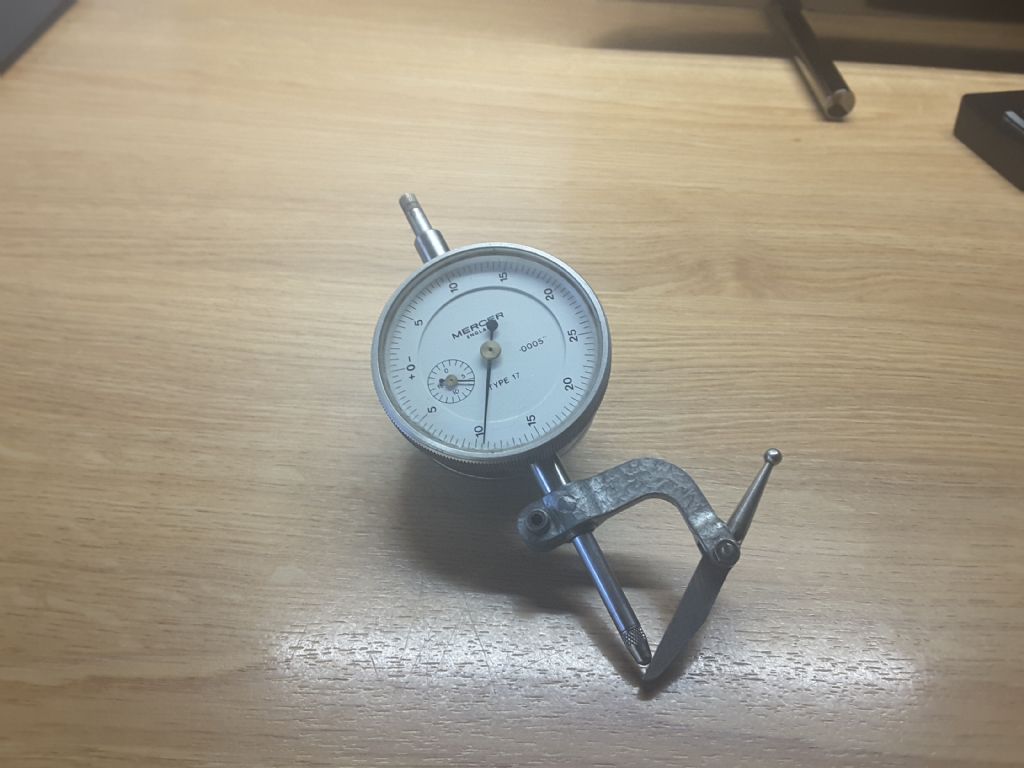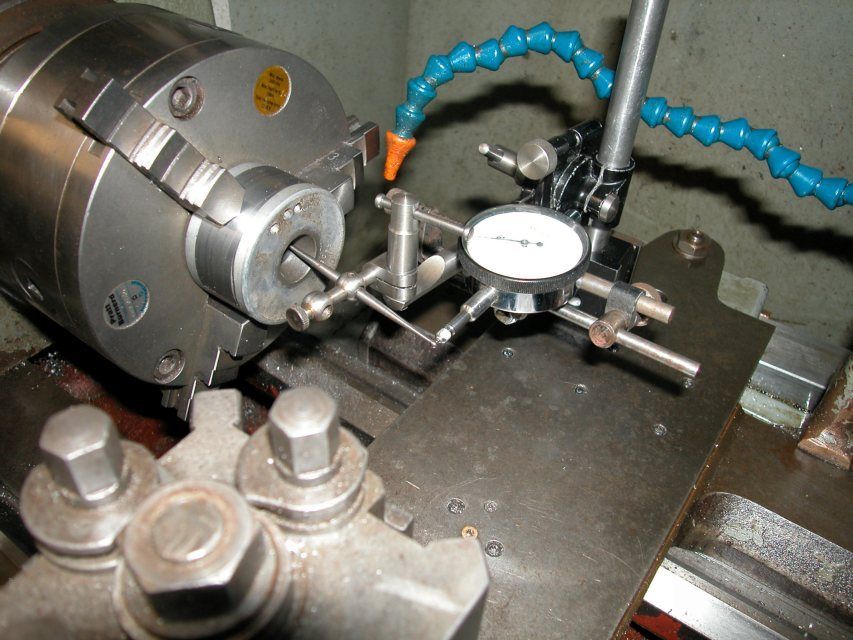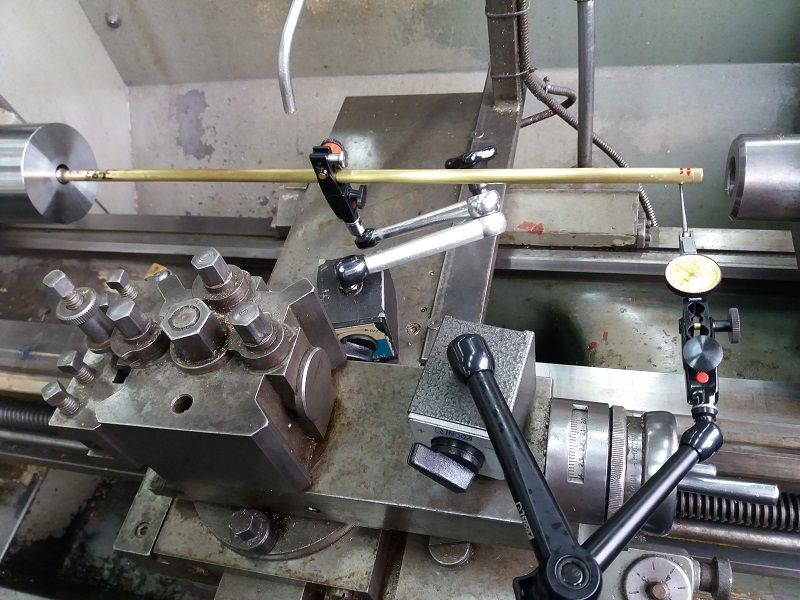Posted by Hopper on 23/10/2022 12:53:46:
That's why nobody uses the Harold Hall type attachments anymore since lever-type DTI's became commonly available. (They used to be an exotic luxury item until recent times.)
Edited By Hopper on 23/10/2022 13:14:12
Not really.
Lever types, originally direct acting and later the modern "fast screw" style, were always the economically priced option. Consider the Unique to explore the insanely cheap possibilities.
But they are fundamentally null indicators so the change in accuracy with probe angle isn't of great import. Verdict developed the pear shape end to largely compensate for such errors. But the measurement range is inevitably small.
The rack and pinion drive used on plungers gives much more range of measurement and, if accurately produced consistent sensitivity over the whole range. Hence it can be used as a reliable measuring device. But the quality of workmanship needed inside has always made them relatively expensive.
There are ways of geometrically compensating for the arcuate movements inherent to the offset lever accessory devices such as those designed by Howard Hall. Although such can be effective they fundamentally rely on first set-up being with the offset lever largely perpendicular to the plunger stem.
In practice its generally considered less than ideal to use a plunger indicator over any extended range. Naturally such use may be quite adequate in many applications.
According to the Inspector Meticulous Union Rules objectively correct practice is to restrict measurements to around ± half a dial.
Fundamentally the proper home of a plunger indicator is in a stand checking variations in production parts, or samples thereof, to verify that factory output is within tolerances. Long travel just makes set up easier and helps get round extraneous lumps of casting et al.
Although a plunger indicator can be used as a decently accurate linear measuring device over its full range there are certain caveats associated with such use that need to be understood when seeking to fully exploit the potential accuracy. Which in general are at a level that is of no import to the work folk like us do at home by such methods given sensibly careful set-up and handling.
I absolutely agree that there are better methods when dealing with longer travels.
Back in the day the firm bought me some uber expensive, optical grating based, Hiedenhain probes when long travel plunger indicators couldn't hack it. The boss figured the probes were worth more than I was!
As is so often the case with tricky measurements. Carefully considered breaking of "the rules" works just fine if you've taken the trouble to understand the rules in the first place.
To quote (who?) :- "Rules are made for the guidance of wise men and the obedience of fools."
Clive says :- "It's hard work becoming wise and makes my head hurt. Most of the time I get along just fine being a fool."
Clive
 Michael Gilligan.
Michael Gilligan.















